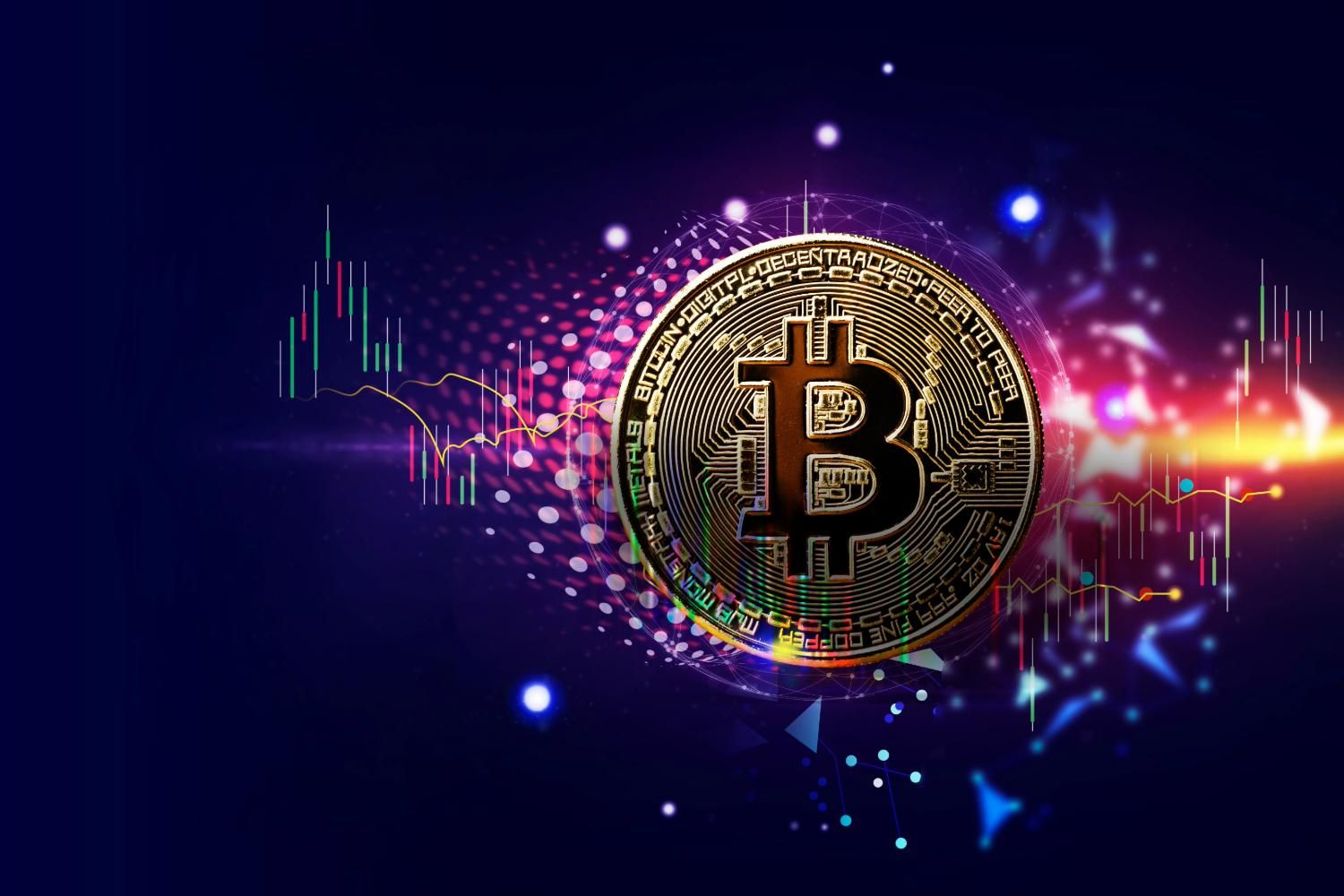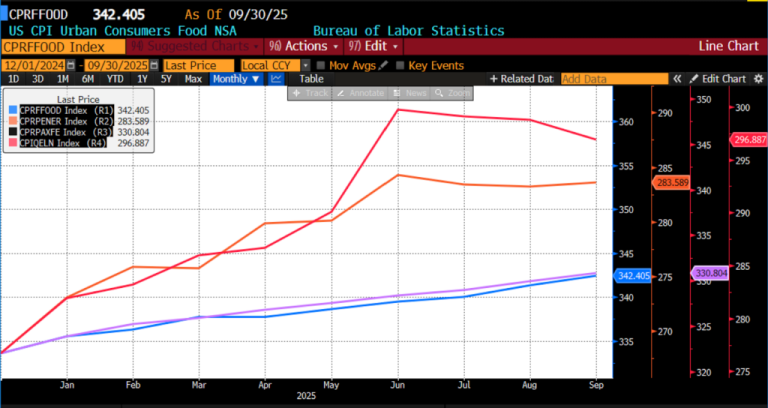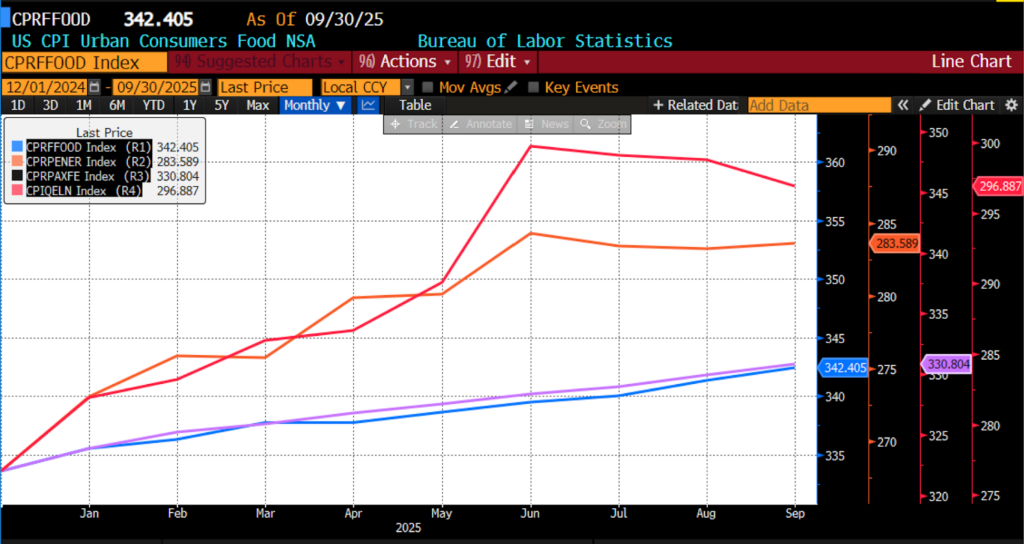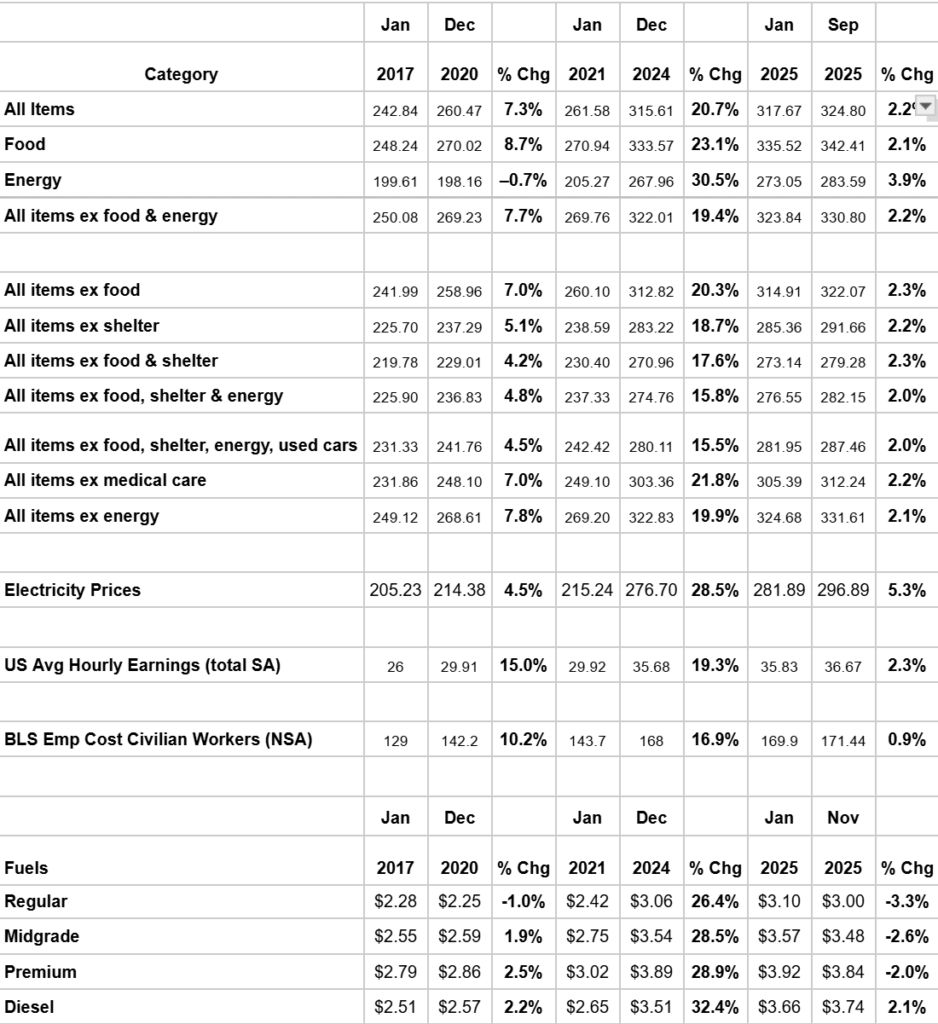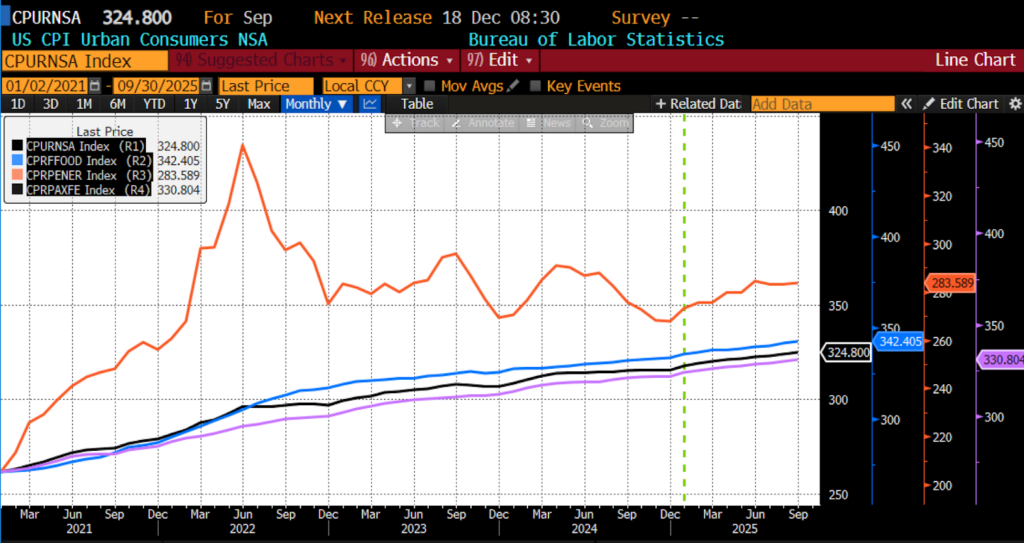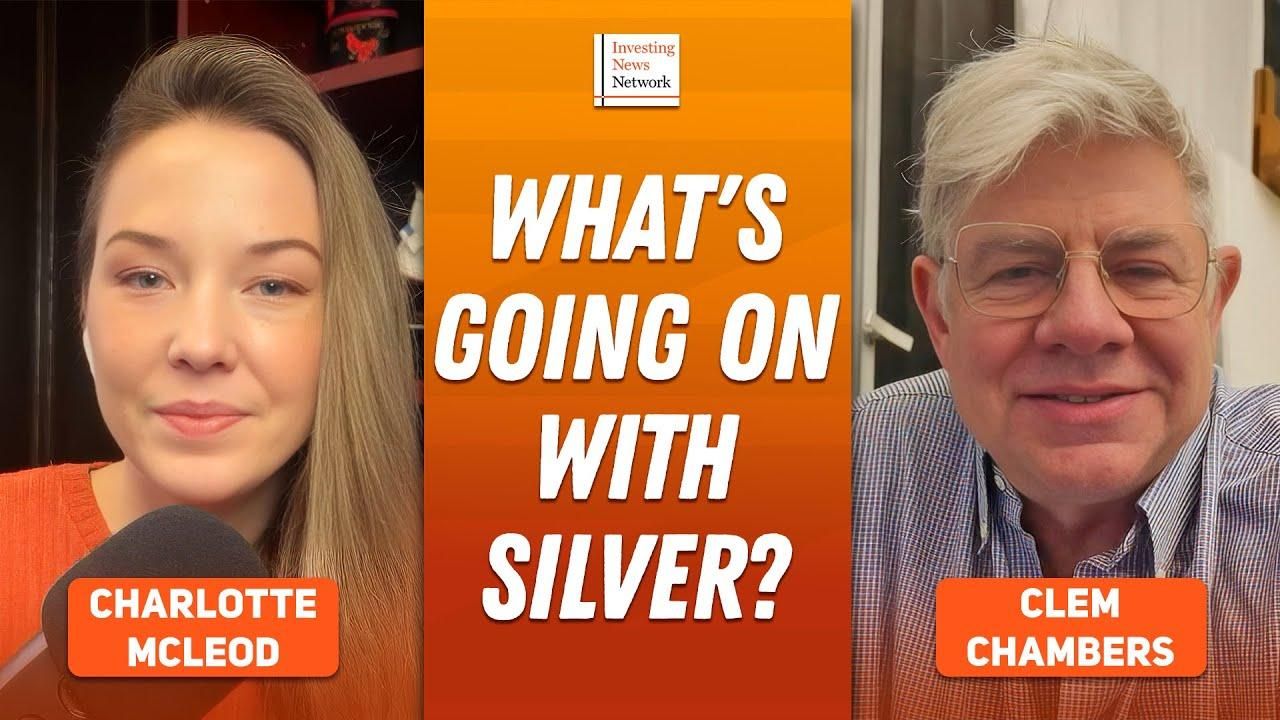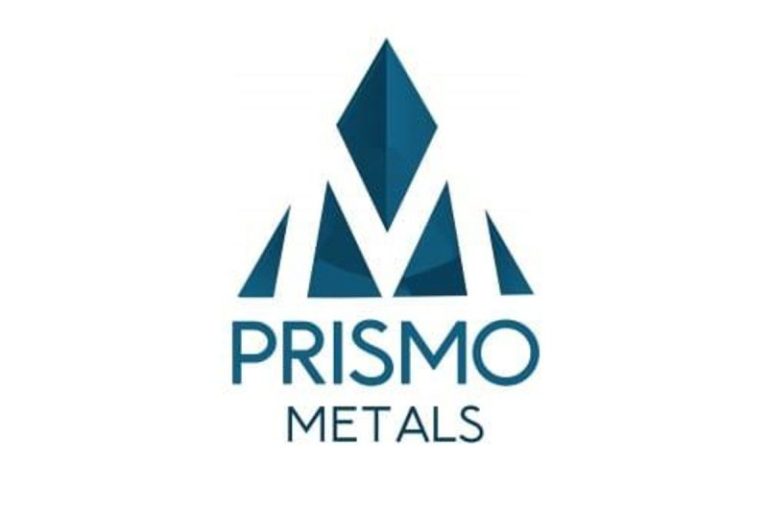Federal Reserve policymakers are expected to trim their interest rate target by a quarter percentage point at this week’s meeting, lowering the range to 3.5–3.75 percent. On its face, that might seem like a standard adjustment. The Fed reduced rates by a similar 25 basis points at its previous two policy meetings. Yet this one stands out, not because of the size of the move, but because of the unusually visible division among policymakers.
Fed officials appear more divided than at any time in recent history. Some are increasingly uneasy about a cooling labor market, while others remain focused on inflation that has not yet returned to the Fed’s two-percent goal. What makes this disagreement noteworthy is the fact that both sides can plausibly claim the data is on their side.
The latest Monetary Policy Report, released by AIER’s Sound Money Project this week, shows that the leading monetary policy rules offer support for both sides of the debate. The rules point to a fairly wide range for the Fed’s interest rate target — from roughly 3.65 to 4.25 percent. That spread is large enough to give both camps reasonable footing.
In short, the disagreement is unusual, but appropriate.
Why Are Officials Split?
Much of the division simply reflects what each side chooses to prioritize. Officials inclined to ease point to softer hiring, shorter workweeks, and early signs that wage growth is losing steam – developments that normally justify lower rates. Those more hesitant to cut focus on inflation, which, while lower than its peak, remains stubbornly above the Fed’s 2 percent goal.
While both groups are drawing from the same information, they are weighing the risks differently. And because the economy itself is sending mixed signals, the monetary policy rules – designed to translate economic fundamentals into rate guidance – can be viewed as supporting either camp.
What the Rules Say
Monetary policy rules offer a disciplined way to evaluate economic conditions without putting too much weight on sentiment or narrative. Right now, they broadly mirror the debate unfolding inside the Fed’s rate-setting committee.
Taylor Rules
Economists have proposed many rules for setting monetary policy. The most familiar is the Taylor Rule, which suggests that the Fed should adjust interest rates when inflation deviates from target or real economic activity deviates from its long-run potential. When inflation runs above target, the rule prescribes higher interest rates to cool demand and contain prices. When output or employment fall below potential, it recommends lower rates to support growth.
The original Taylor Rule calls for a rate in the current target range, close to 3.9 percent, which would argue for no cut at the upcoming meeting.
But monetary policy often needs to act preemptively in anticipation of future developments, and the original Taylor Rule is necessarily backward-looking. Economists can account for this by including forward-looking, forecasted data in the rule. The Fed also prefers to minimize interest rate volatility, which can destabilize expectations and credit markets. By accounting for the most recent Fed policy rate, the Taylor Rule can also smooth out interest rate changes.
A modified Taylor Rule, which incorporates future projections and smooths out short-term movements, recommends a higher interest rate target, in the range of 4.0 to 4.25 percent. The higher recommendation is due to forecasters anticipating an uptick in inflation in the coming quarter.
NGDP Targeting Rules
In a healthy economic environment, the total amount of money spent by consumers, businesses, and the government should grow at a steady and predictable pace. Total spending is commonly captured through nominal gross domestic product (NGDP). NGDP targeting rules imply that the Fed should lower interest rates to stimulate spending when NGDP is below target, or raise rates to slow down spending when NGDP is above target. A rule that targets a level of overall spending – such as $30 trillion, the current size of spending in the US economy – is called an NGDP level target. A rule that targets a growth rate – like four percent a year, the typical growth of the US economy – is called an NGDP growth rate target.
An NGDP level target supports the expected rate cut, prescribing a target of 3.65 percent. An NGDP growth rate rule prescribes a slightly higher recommendation of 4.1 percent. The higher recommendation is due to relatively strong NGDP growth in the most recently available second quarter data. The NGDP level rule, on the other hand, takes into account previous quarters of weaker growth – such as the first quarter of 2025 – which suggest that lower rates are needed.
Taking the rules together, they support either a steady stance or a modest cut. The important point is that the rules themselves reflect the tensions within the data, which is why both camps within the Fed can point to them with some justification.
Why This Matters
The current disagreement among policymakers might look worrisome at first glance, but it should actually be read as a sign that officials are taking both sides of the Fed’s mandate seriously. It means that no single narrative — whether focused on inflation, recession risks, or labor market strength — is dominating the discussion. The groupthink that was complicit in previous policy errors — like responding too slowly to the post-pandemic inflation surge – is reassuringly absent.
It is also a reminder of the value of rule-based policy. The past several years showed how trouble can arise when policy deviates too far from rule-based benchmarks. Today, the gap between the Fed’s actions and the major monetary rules has narrowed considerably.
Looking Ahead
A rate cut by the Fed this week is defensible. But the broader story is the division within the committee itself. A split Fed is not a dysfunctional Fed; it reflects an economy that is delivering mixed signals and policymakers who are responding to those signals rather than forcing a narrative onto them.
For 2026, the guiding principle should be straightforward: further easing requires evidence. Growth, unemployment, and inflation should determine the path forward.
A steadier, more rule-guided Fed is exactly what the economy needs, especially at a moment when clarity is in short supply.













